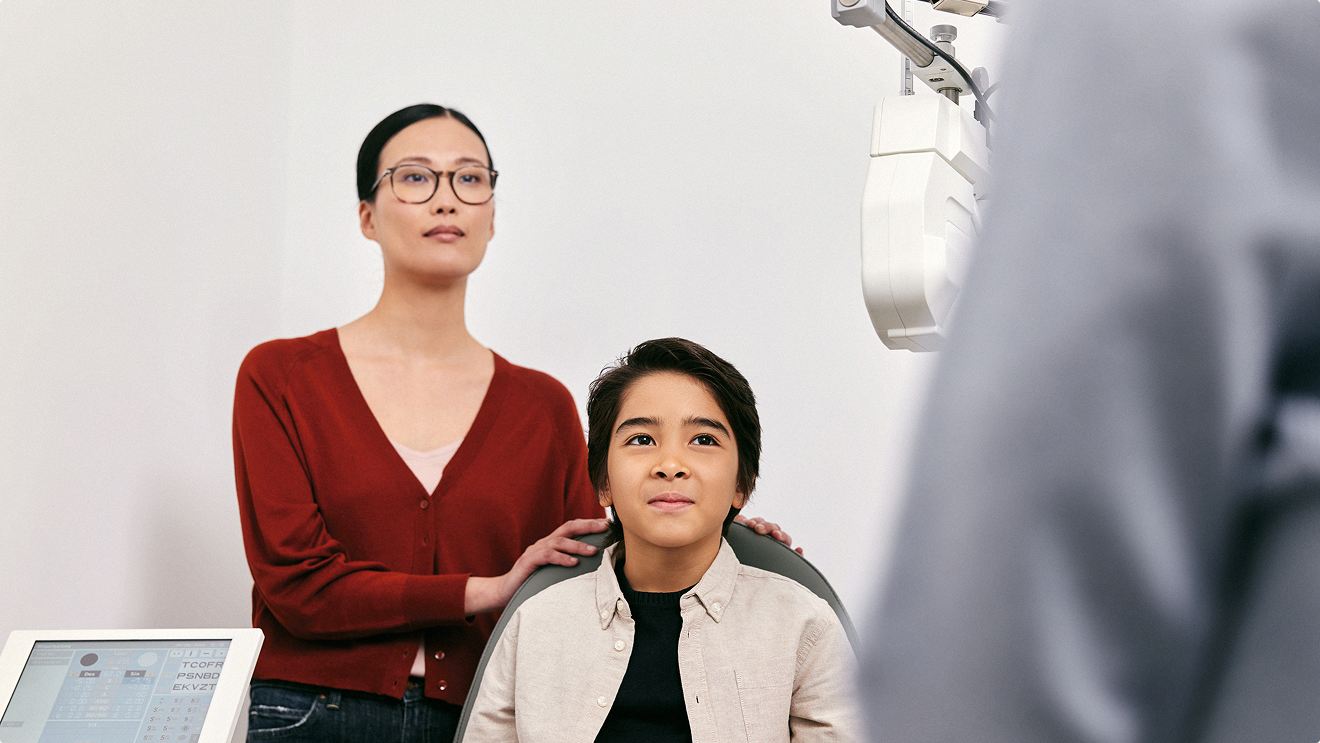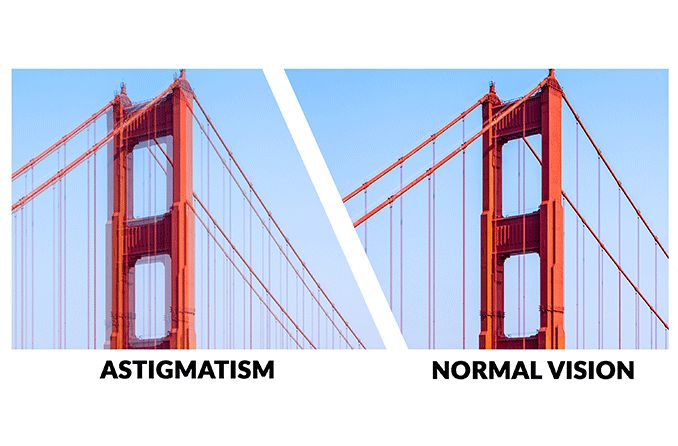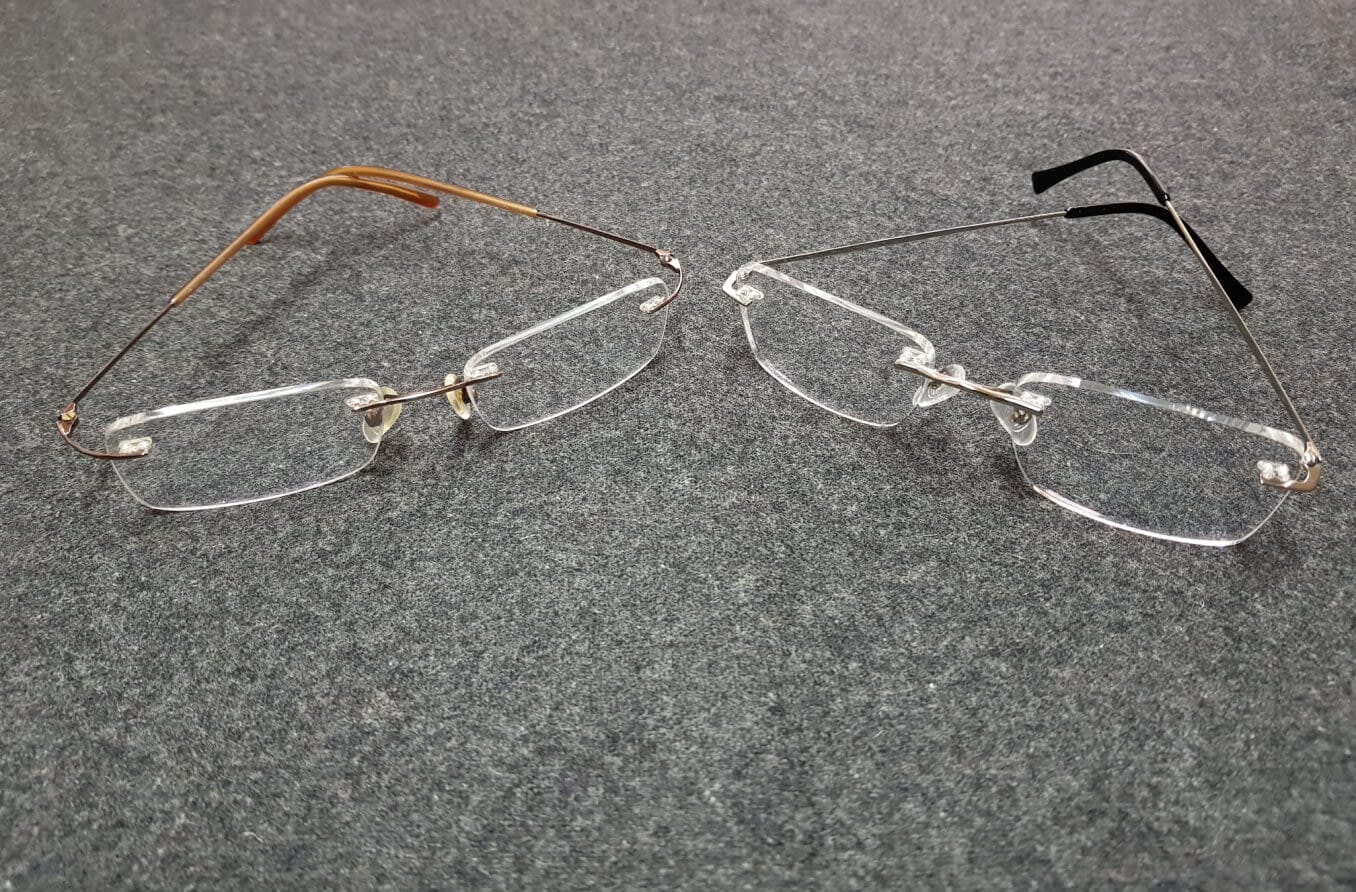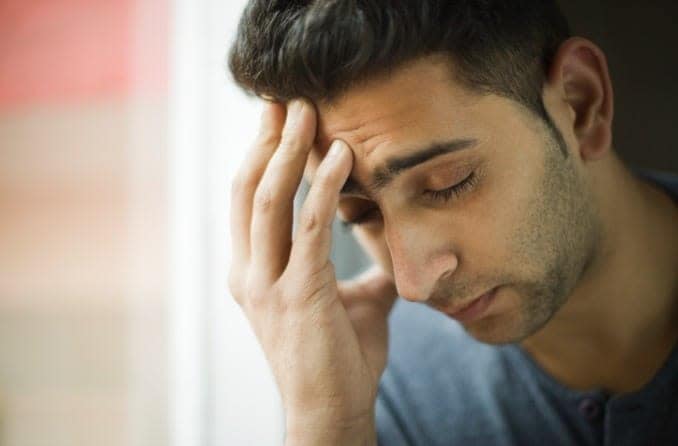How glasses can cause a child's headaches
Prescription glasses can help kids see clearly, but it's important to remember that your child isn't used to seeing the world without blurriness. They may need some time to adjust, and headaches can be part of the adjustment process.
Fortunately, side effects like these are temporary and usually mild. Once a child gets used to their new glasses, their headaches should go away.
If a headache is severe or doesn't go away with over-the-counter pain medicine, talk to an eye doctor or other medical professional as soon as you can. Make sure to approve any new medications with a doctor first.
How to reduce your child's headaches caused by glasses
If your child's headaches are mild and seem to happen when they wear their new glasses, consider these steps:
Make sure they've had enough time to adjust
Many kids get used to new glasses within a few days, but some take up to two weeks to fully adjust. In some cases, it may take longer.
Some kids need more or less time to adapt, depending on their eyes and vision:
- Kids with farsightedness often need a little more time to adjust than those with nearsightedness. That means that side effects like headaches could last a little longer.
- It can take more time for kids with astigmatism to adjust to new glasses. For them, both near and far objects look blurry.
- Adjusting to prism glasses can take longer than other kinds of glasses. These are often prescribed to help relieve double vision in children with strabismus (crossed eyes).
Talk to your child's eye doctor if their headaches don't go away. They can check for other problems and offer ways to help.
For example, the doctor might suggest wearing glasses for a couple hours a day at first, then slowly increasing the wearing time each day. This approach can help your child adjust to their new prescription with fewer or even no headaches.
However, it's often best for kids to keep wearing their new glasses all the time so they can adjust to them. An eye doctor can help you decide the best approach.
Have the prescription and fit rechecked
If your child's headaches don't go away within an expected amount of time, their glasses may need to be adjusted in one or more ways. Their eye doctor or optician may recheck:
Frame fit
Well-fitting frames maximize comfort, keeping each eye centered behind each lens. If needed, the optician will adjust the frames to better fit your child's face. They may also recommend accessories like ear grips or a head strap to help keep the frames in place.
The frames should also rest comfortably (but securely) on their nose and behind their ears. Kids can get headaches and other discomfort if:
- The end pieces (at the end of each "arm") are pressing too hard or tight behind the ears
- The end pieces aren't resting on the bony area behind each ear
- The glasses' nose bridge or nose pads are pinching or digging into their nose
An optician can help make adjustments for a better fit.
Lens prescription
Kids can get eye strain if their prescription isn't quite right, which can lead to headaches. Your child's eye doctor may recommend adjusting their prescription if they think it could be contributing to their headaches.
These factors can also play a part:
- Pupillary distance (PD) – PD is the distance between the two pupils. Having this measurement helps line up each pupil with the center of each lens. If the PD isn't accurate, it could lead to blurry vision and headaches.
- Bifocal segment placement – Bifocals have two separate prescriptions in each lens. In kids' glasses, there’s usually one prescription in the top half of the lens and one in the bottom half. If the prescriptions aren't placed in the right parts of the lens, it could cause discomfort.
- Base curve – This is the curvature of the front side of the lens. If the curve is steep, it could take longer to adjust to the prescription.
Lens material
Polycarbonate lenses are popular in kids' glasses because they're durable and safe. But the polycarbonate material can also make vision seem distorted near the lenses’ outer edges.
If your child’s eyes have to work too hard to focus, it could lead to eye strain and headaches. Fortunately, most kids eventually adapt, which should make any strain or discomfort go away. If they still experience issues with their glasses, their eye doctor may adjust their prescription.
Ask their eye doctor about other possible issues
It's possible that another issue could be causing or contributing to your child's headaches. Their eye doctor may look into problems such as:
Eye strain
Long periods of reading or focusing on digital screens can overwork the eyes and cause headaches from eye strain. It can help to take regular breaks during these activities.
Dehydration
Children can get headaches if they don't drink enough water. While dehydration isn't always an emergency, you should get medical help right away if:
- Your child's skin looks pale
- They aren't urinating as much as usual
- They seem lethargic or confused
Other symptoms of dehydration may include sunken eyes, dry mouth and high fever.
Stress
Stress (physical or emotional) can cause tension headaches in kids. This common type of headache is caused by muscle tightness in the neck or scalp.
Binocular vision problems
Sometimes, the eyes and brain don't work together properly. This can prevent the creation of a single clear picture, called binocular vision. The lack of a single image can lead to headaches, eye discomfort and other visual symptoms.
Amblyopia (lazy eye) and strabismus are two common types of binocular vision dysfunction. A doctor may refer your child to a pediatric ophthalmologist if they suspect one of these conditions.
Migraine
Young children and babies can get migraines, though their symptoms may differ somewhat from those of adults. Pediatric migraines tend to be shorter and felt across both sides of the head. Children may also experience abdominal pain and have trouble focusing, among other symptoms. Your pediatrician may recommend seeing a pediatric neurologist if they think your child has migraines.
Other issues
Many unrelated problems can also cause headaches in kids. They range from a cold, ear infection and allergy-related sinus pressure to food sensitivities and head injuries. A doctor can check for the signs of these problems.
Sometimes, children make up symptoms to avoid school or other activities (among other things). This is called malingering. But don't assume your child is doing this without talking to a health care professional first. They can assess what’s going on and help you find the best possible way to approach the situation.
If your child's glasses aren't causing their headaches, their pediatrician can check for these other headache causes. By finding the right cause, they can determine a treatment that is more likely to help your child feel better.
READ MORE: What to do when new glasses make your child's vision blurry
When to call your child’s eye doctor
Prescription glasses can improve a child's life in countless ways. While the adjustment period can be uncomfortable for them and frustrating for you, it helps to be patient and supportive. Mild, temporary headaches are typically just part of getting used to a new prescription.
However, your child's new glasses may need to be adjusted, or another issue could be involved. This is where an eye doctor can help. They can help you find the cause of their discomfort and make any necessary adjustments.
With the right support, you can help your child on their way to clear, comfortable vision and a better quality of life.







